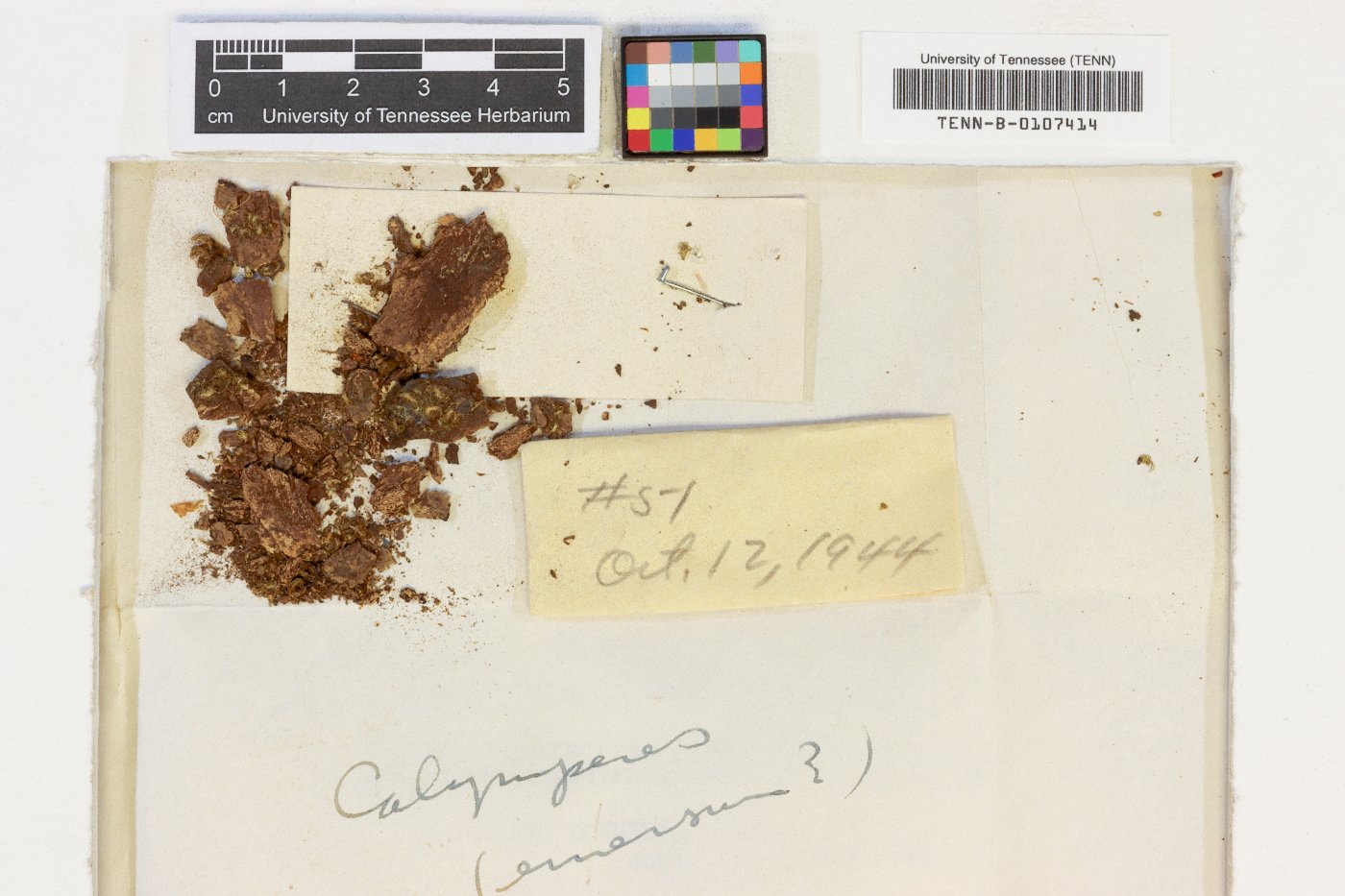
Consortium of Bryophyte Herbaria
- building a Consortium of Bryophytes and Lichens as keystones of cryptobiotic communities -
|
Family: Calymperaceae |
Plants: small to medium-sized, mostly tufted, green to yellowish brown, rarely with pink to purple tinge. Stems: erect. Leaves: often dimorphic with vegetative leaves mostly grading into gemmiferous leaves, teniolate or teniolae absent; margins of distal lamina without elongate hyaline cells, mostly thickened and toothed, rarely 1-stratose and entire; costa mostly showing two bands of stereid cells or stereids rarely absent; medial cells of leaves isodiametric [rarely transversely elongate]. : Specialized asexual reproduction common, by fusiform-clavate gemmae borne on apices of often modified leaves. Sexual: condition dioicous. Seta: single. Capsule: mostly well-exserted, sometimes more or less immersed, cylindric; peristome absent. Calyptra: persistent, enclosing the capsule, with vertical slits distally, spirally plicate when dry. Worldwide except Antarctica, mostly tropical and subtropical regions. Species ca. 40 (5 in the flora). Calymperes is easy to recognize when fruiting because of its unique, persistent calyptra; none of our species, however, bears sporophytes in the flora area. The apex of the calyptra grips the operculum by its rostrum and under dry conditions lifts the operculum away from the mouth of the capsule, allowing the spores to escape through the gaping fissures in the calyptra. When the sporophyte is wet, the mouth of the capsule is sealed by the operculum, and the fissures in the calyptra are closed. Sterile specimens of teniolate species of Calymperes are easy to recognize because of their characteristic teniolae. Our only nonteniolate Calymperes†C. tenerum†is usually easily recognizable by the excurrent costa of the gemmiferous leaves bearing gemmae all around. Fertile specimens of Calymperes are not known from the flora area. |
Powered by Symbiota.





